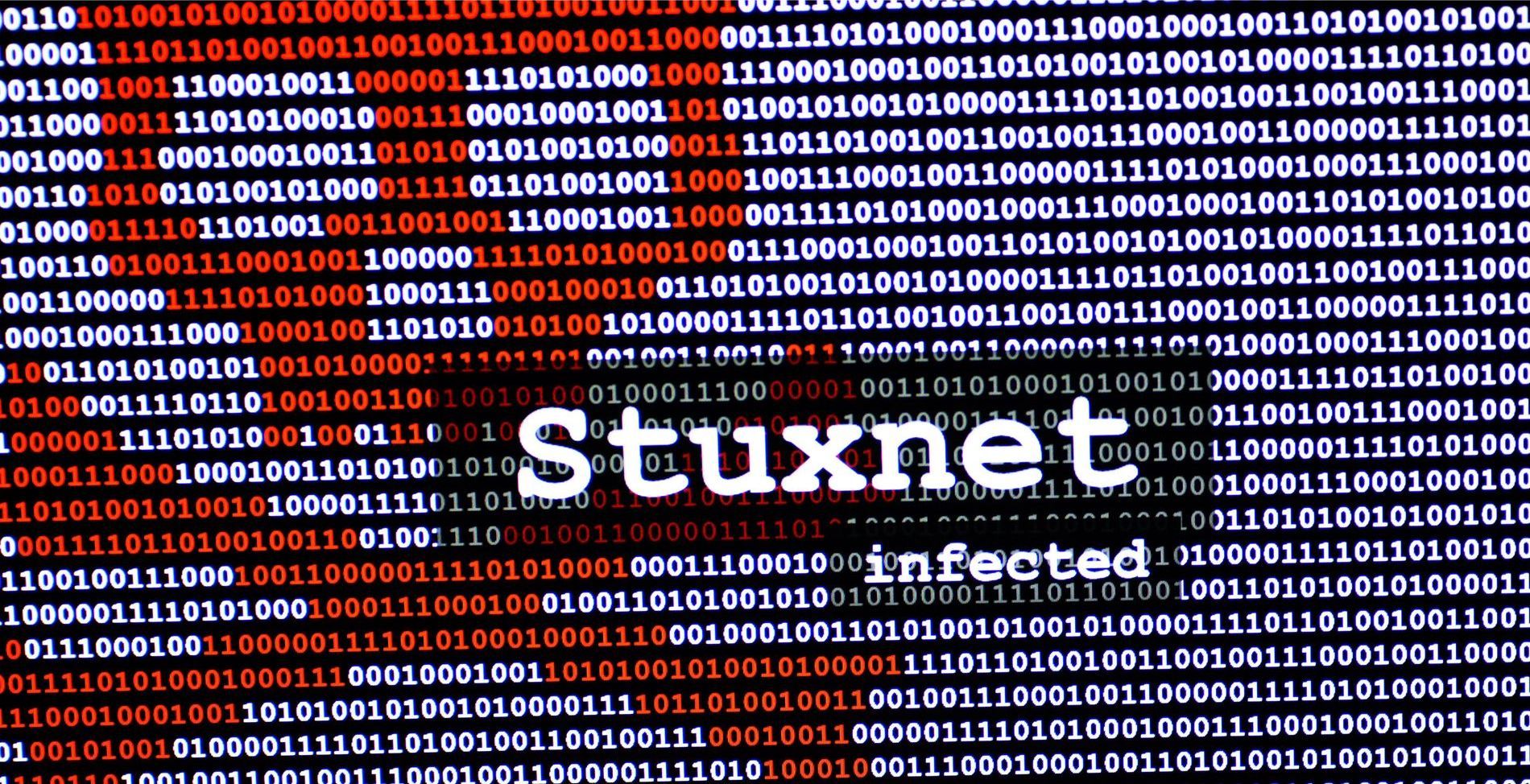WHAT DO YOU DO WITH ALL THAT DATA?
Since the dawn of the digital age, companies have been storing data… and a lot of them are still storing that data 25+ years later. Should you really keep all that information? In some cases, it is legally necessary, and it is always a good idea to have backups for disaster recovery.
Companies need to store data for the long haul due to a variety of reasons. It is essential for legal and litigation purposes, such as dispute resolution, investigations, and can be used as evidence. And of course, long-term data storage plays a vital role in disaster recovery, ensuring that companies can quickly recover from data loss, cyber incidents, or natural disasters. Because of this, managing the data lifecycle effectively has become a critical aspect of business. A Data Lifecycle Management plan ensures that data remains secure, accessible, and compliant with regulations.
Forming a Data Lifecycle Management plan comes with its own set of challenges. Data is often spread across different systems, such as financial data stored in Quickbooks vs documents in Sharepoint or even email in O365. Stored data can be surmised into 3 categories: hot, warm and cold. Hot storage refers to data that is actively used or accessed frequently. An example would be a database. Warm storage is data that is accessed less frequently but still business critical. Cold storage is data that is saved for compliance or archival purposes. Companies must determine which category the data fits in and then choose the most appropriate and economical way to store it. Companies often use a combination of these storage tiers to optimize data management, meet varying access requirements, and control costs effectively.
The next step is determining where to house the data. Each category will have its own costs and options, depending on your budget. The market shift towards subscription-based data storage services over traditional on-premise solutions is significantly impacting business decisions. With subscription models, organizations can access scalable and cost-effective storage solutions without the high upfront costs associated with maintaining on-premise infrastructure. This shift allows companies to allocate their resources more efficiently, as they can pay for storage based on their actual usage, leading to greater flexibility and cost predictability in managing their data storage needs.
Lastly, when data has reached its end of life, a company must have a plan for destruction. Having a set policy on when and how to get rid of data is crucial—it helps protect sensitive data and ensures regulations are being met. Use a certified recycler to provide a certificate of destruction for any hard drives. Cloud service providers often offer data disposal such as overwriting data multiple times to prevent recovery and using encryption keys to render data unreadable. Be sure to outline a plan for internally tracking the data destruction process for visibility and accountability.
With the rapid growth of data, mastering Data Lifecycle Management is crucial for organizations to safely store their data while managing risks and ensuring compliance. By proactively addressing the challenges and implementing effective strategies, businesses can streamline their operations and enhance data security in today's data-driven world.
Uncomplicate IT News Blog





